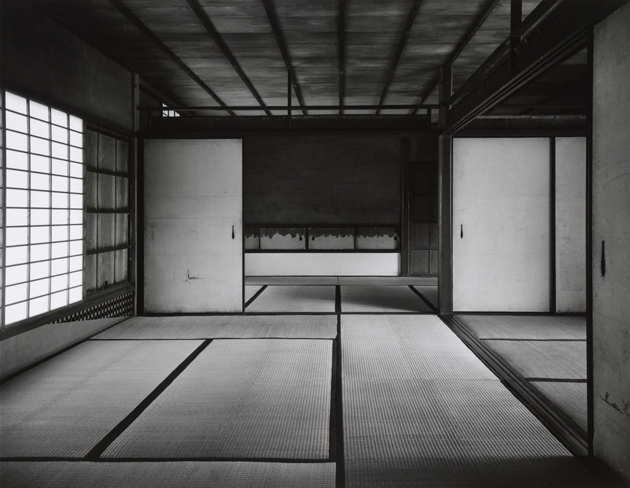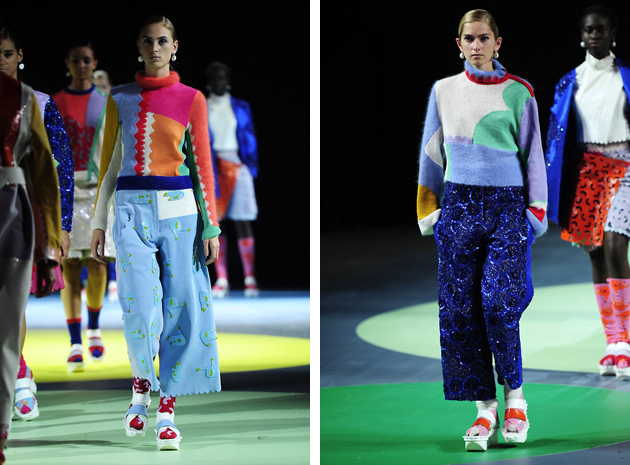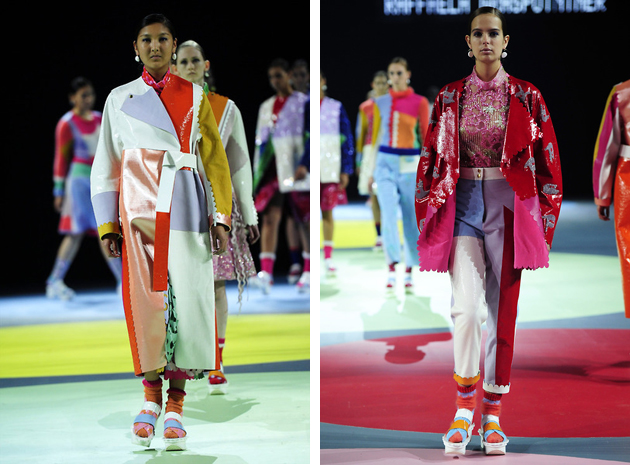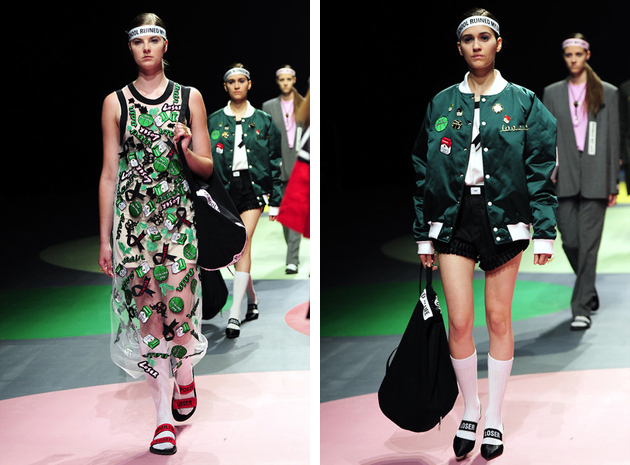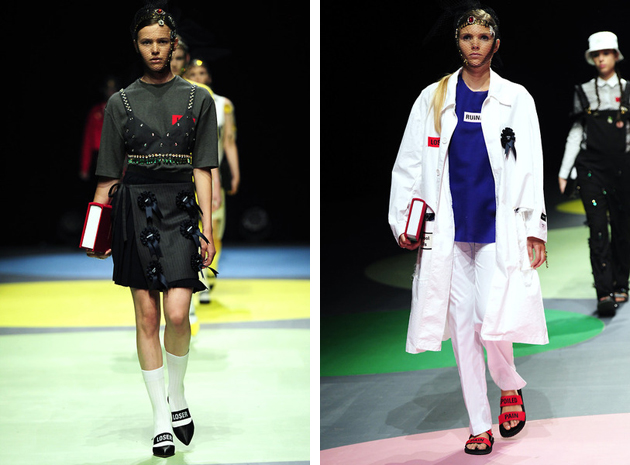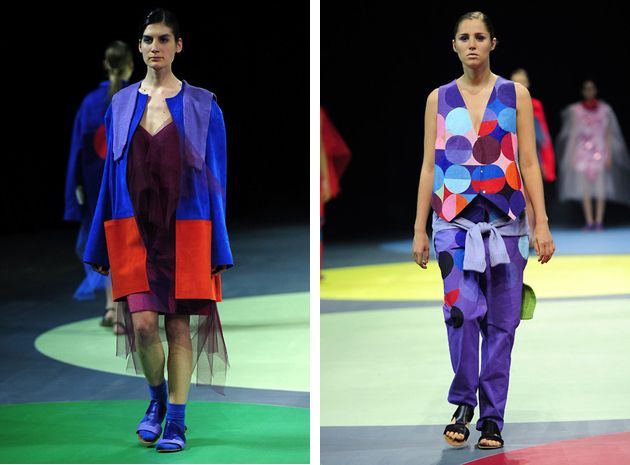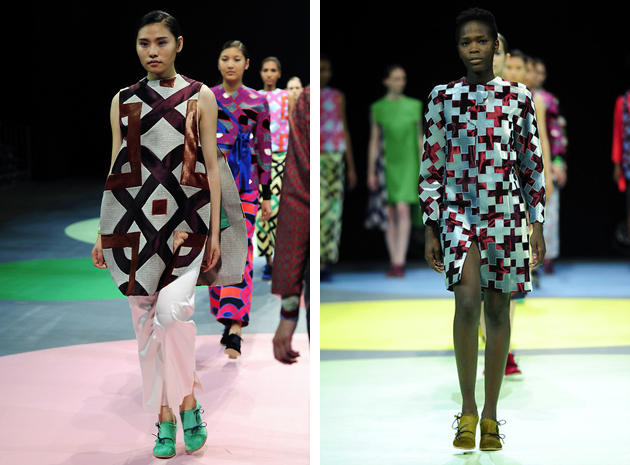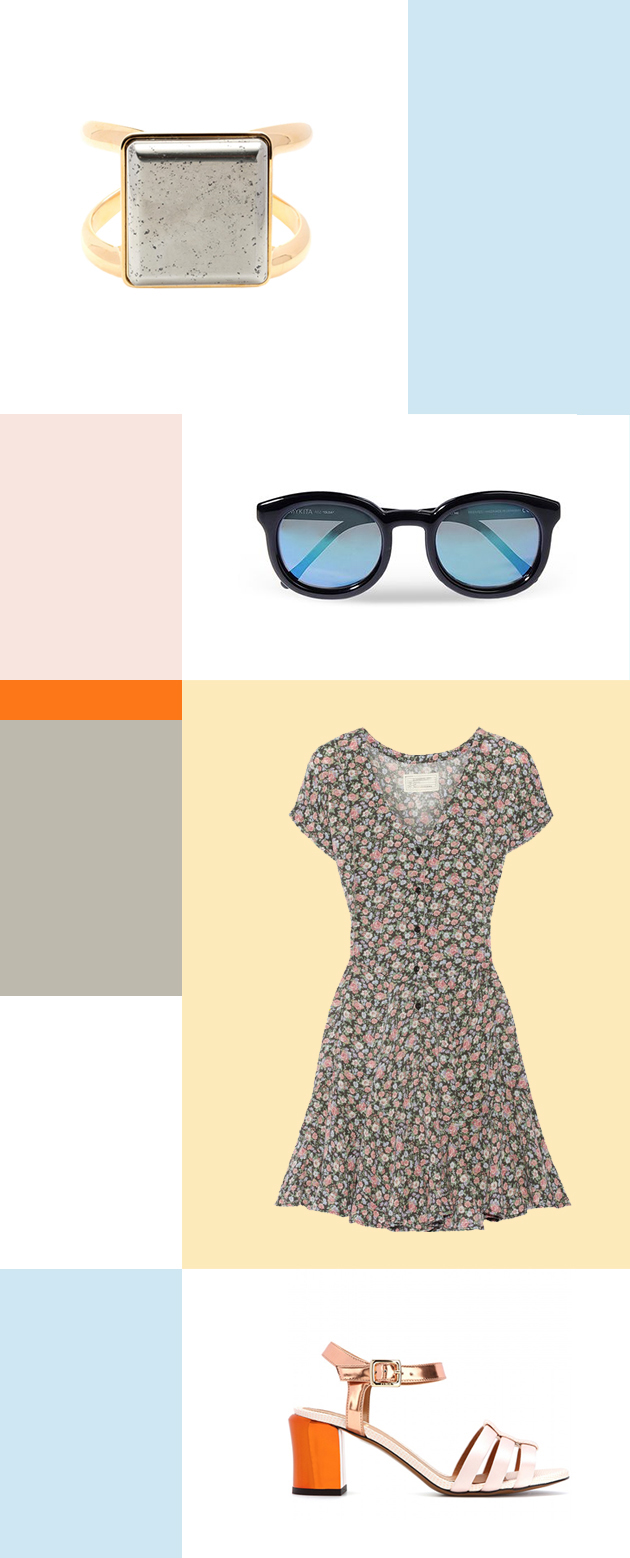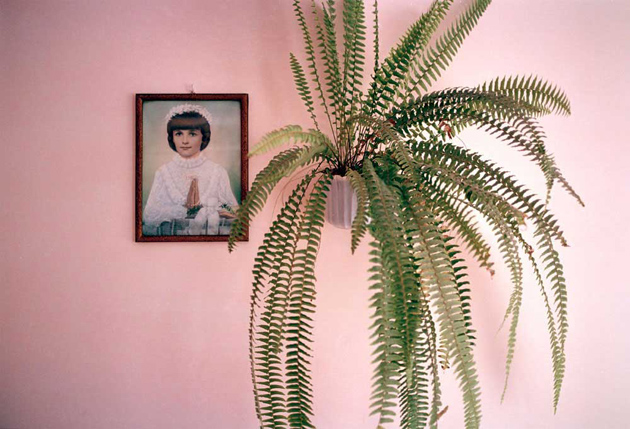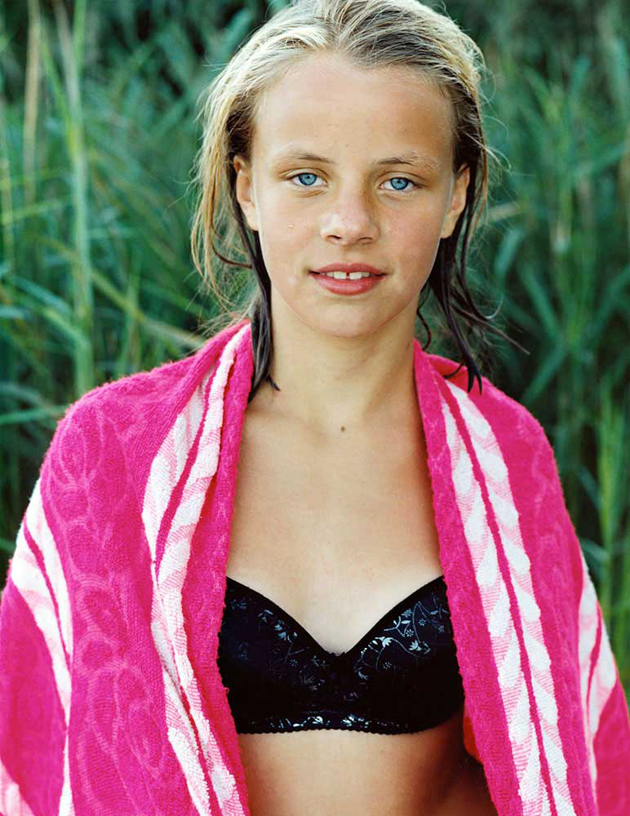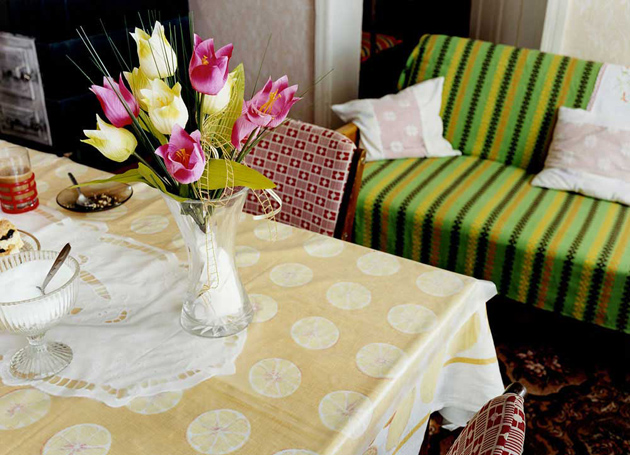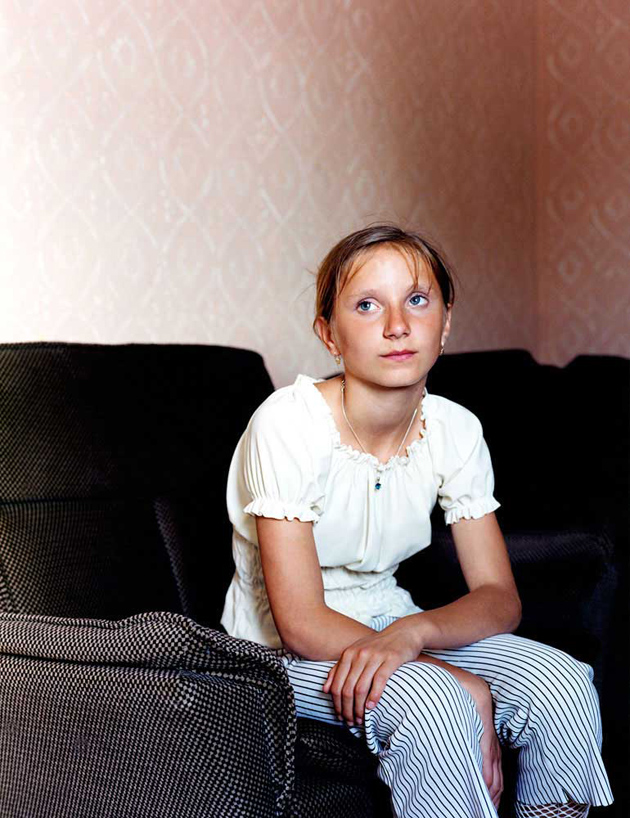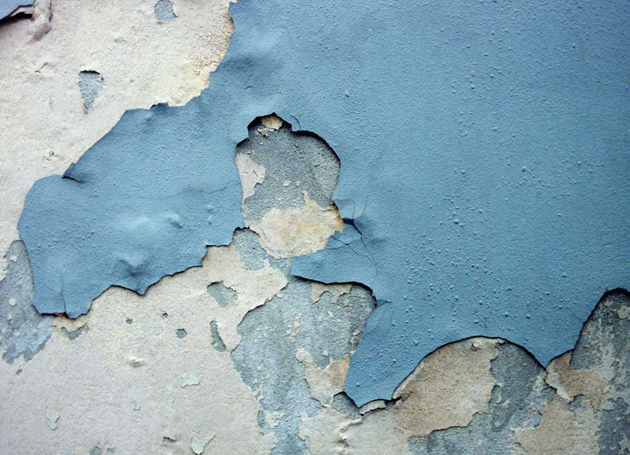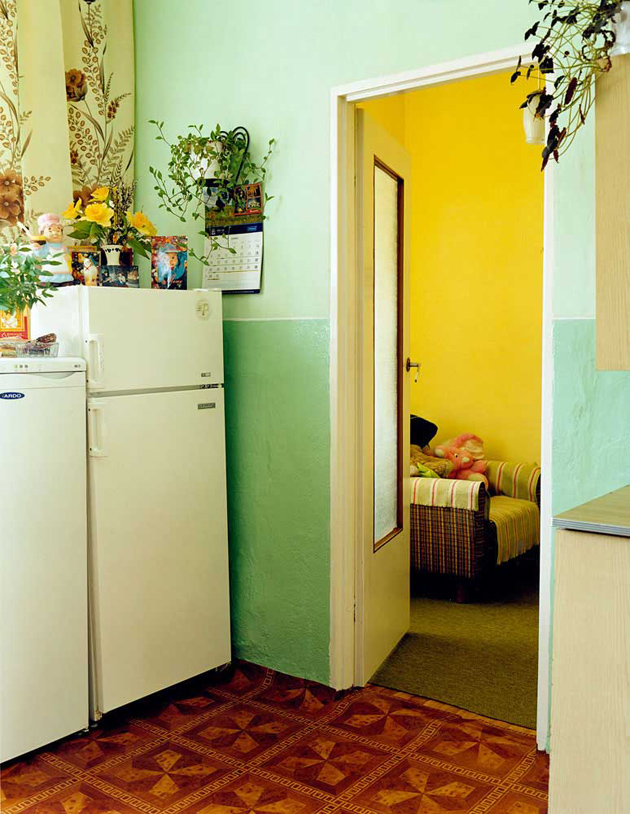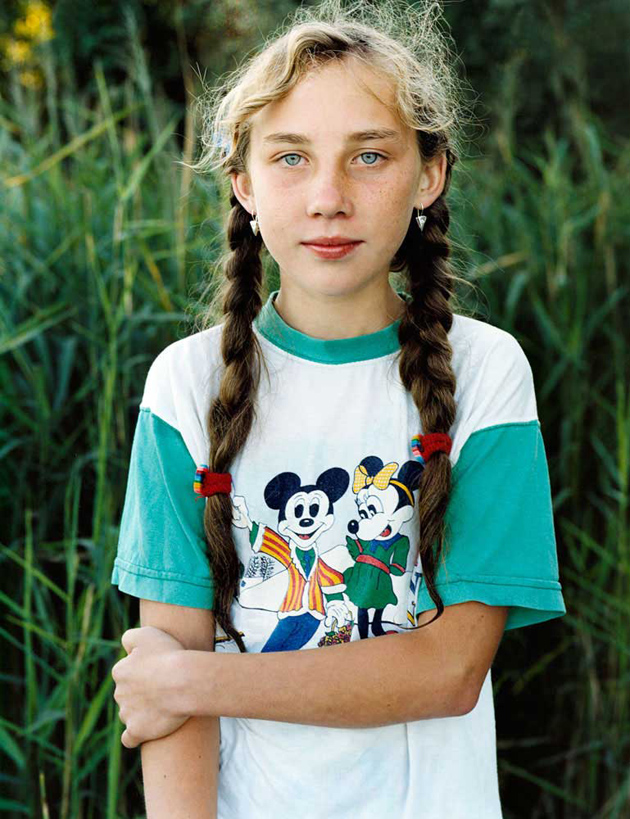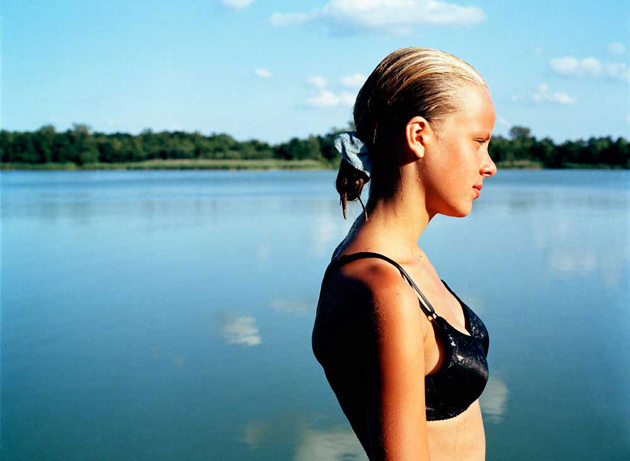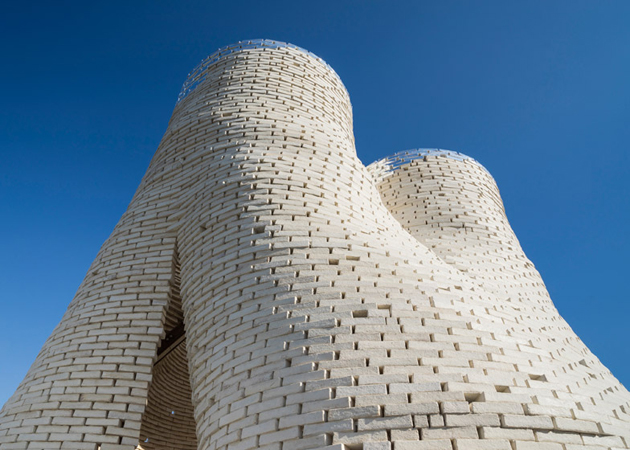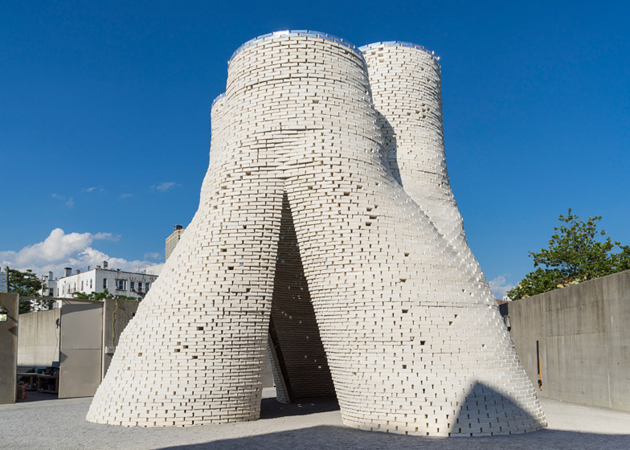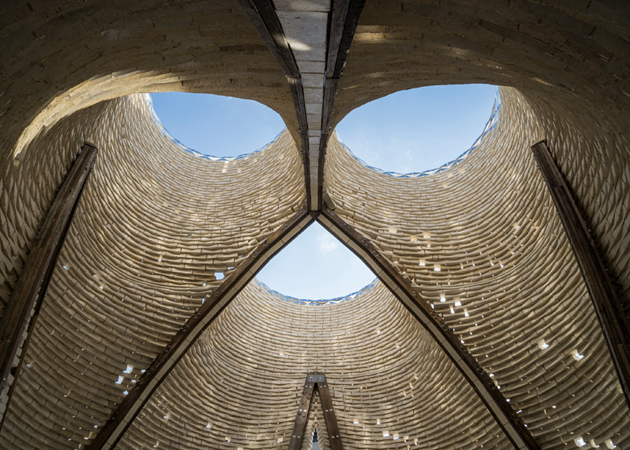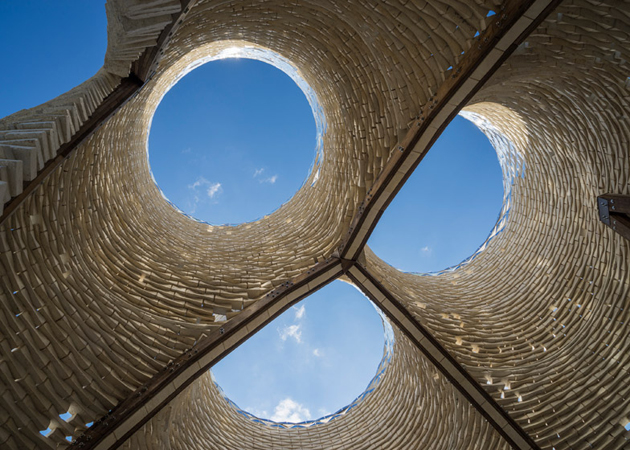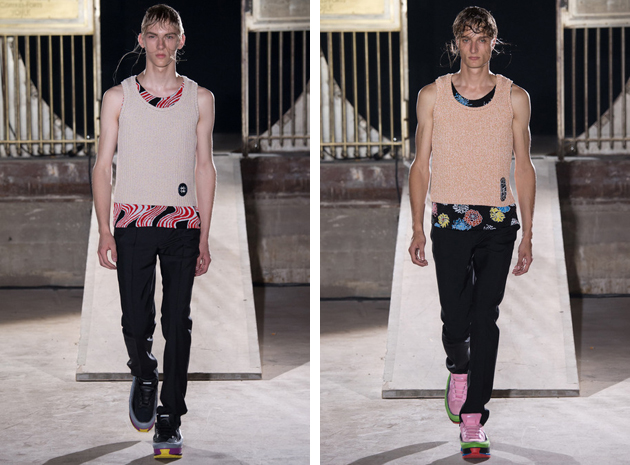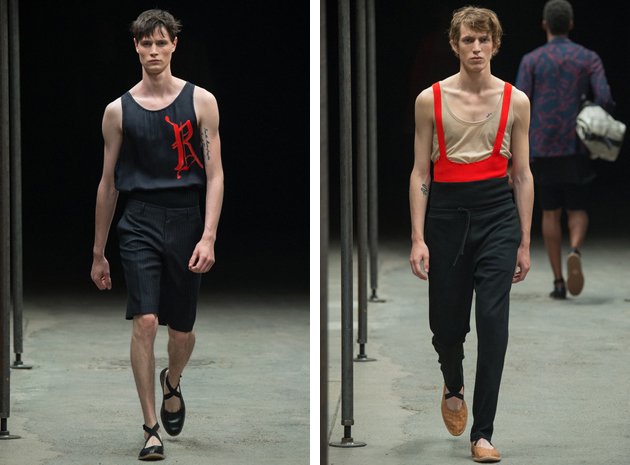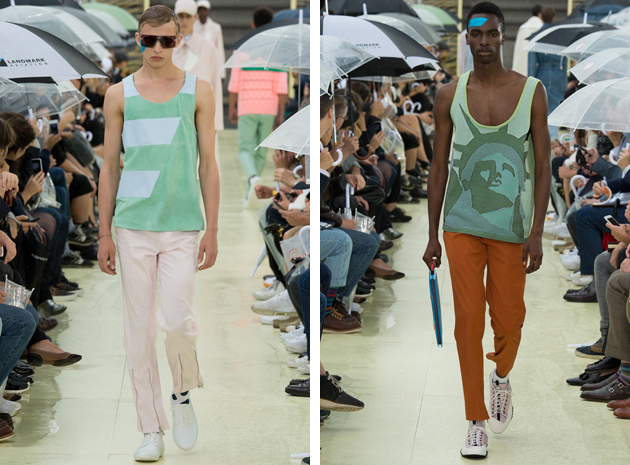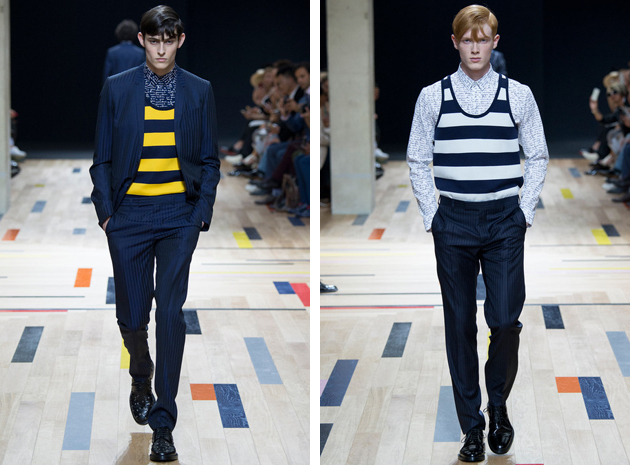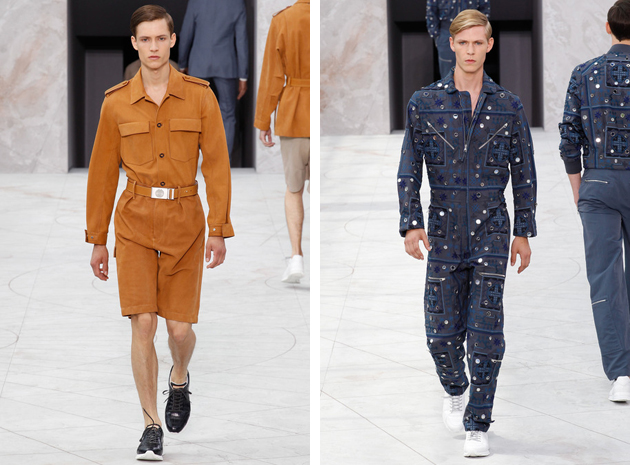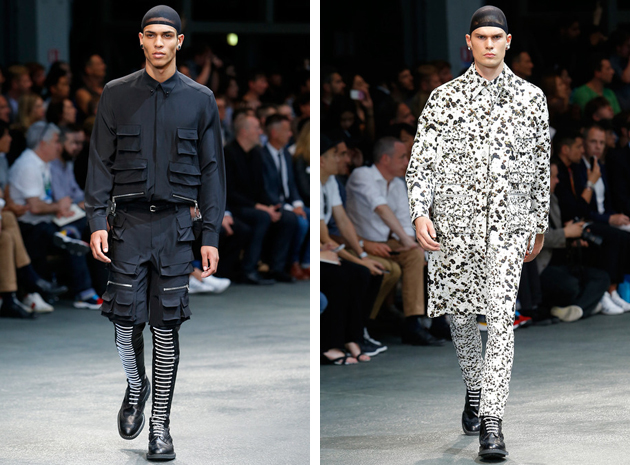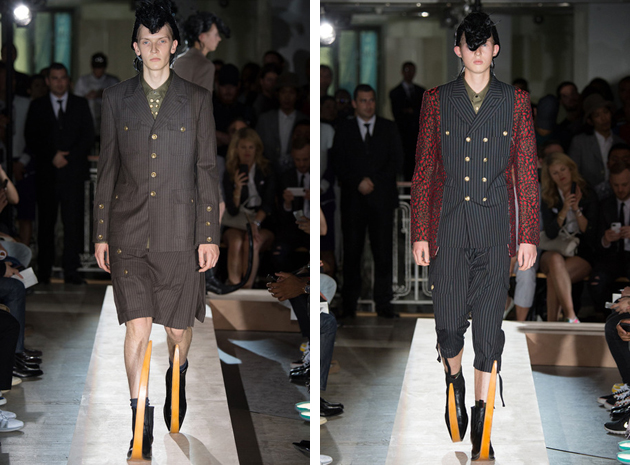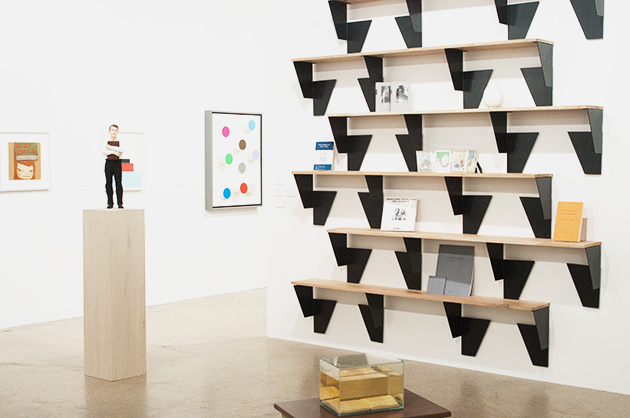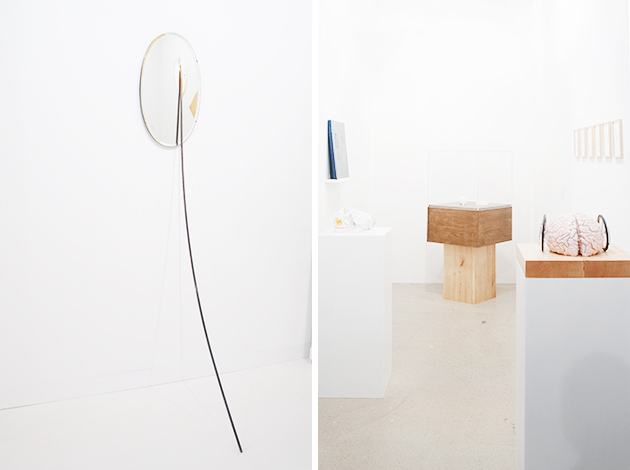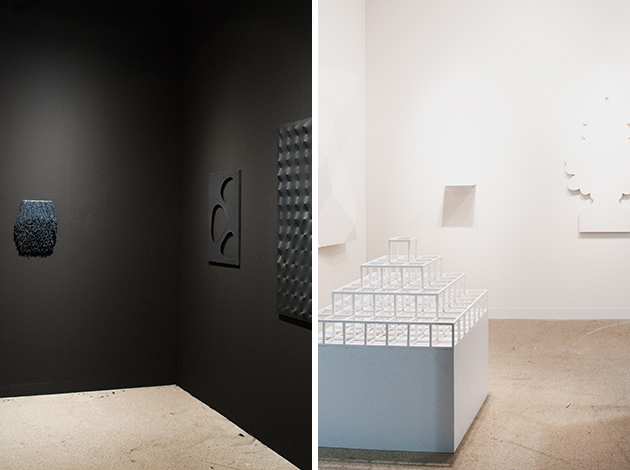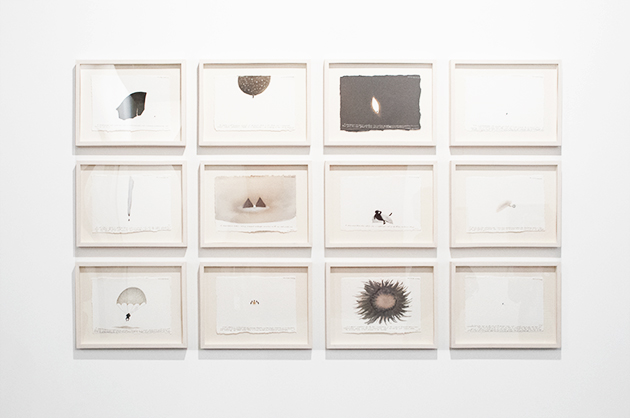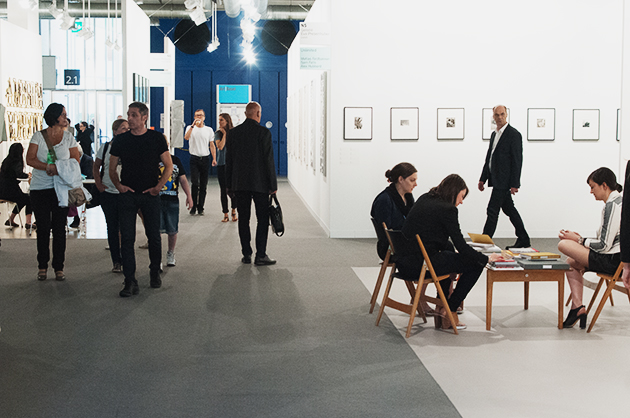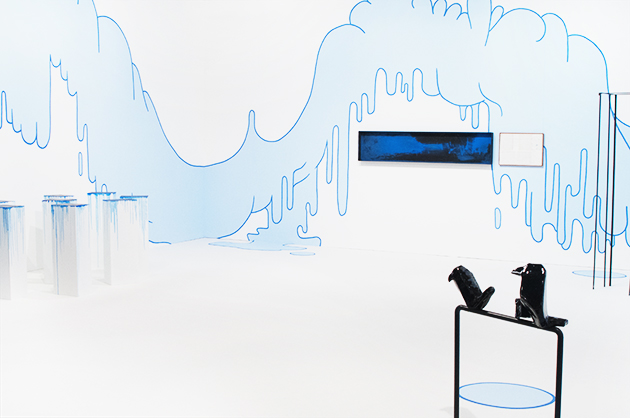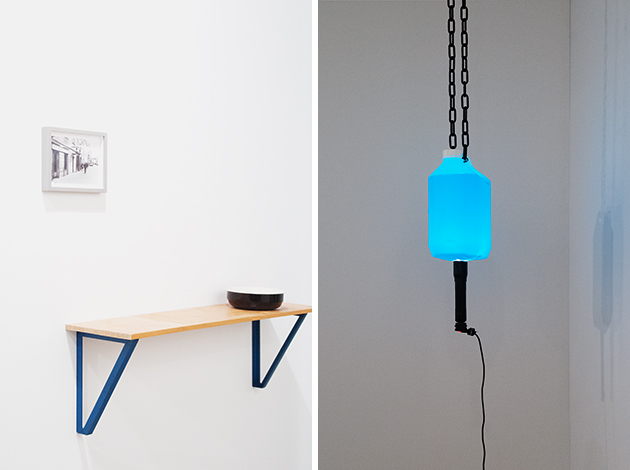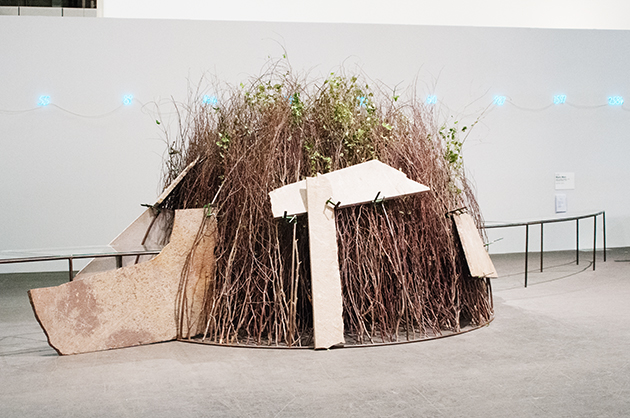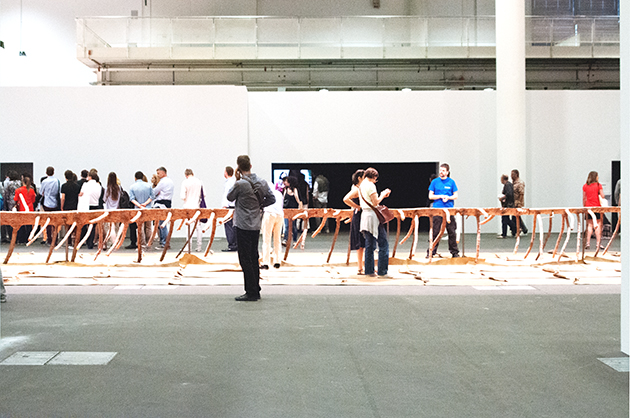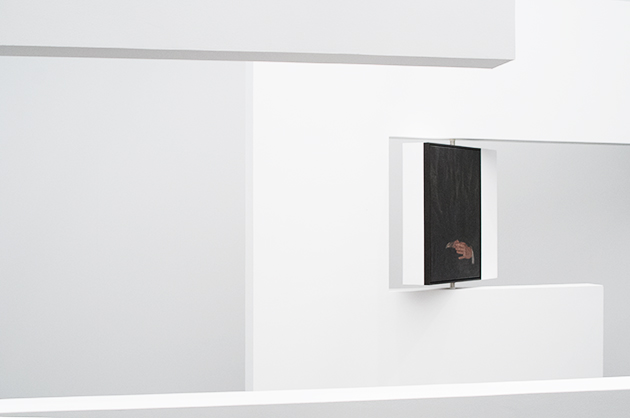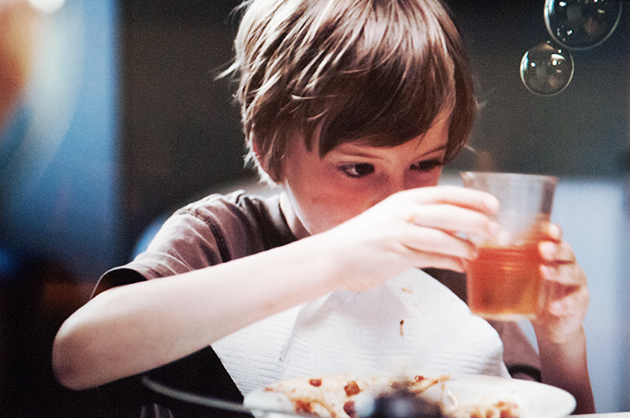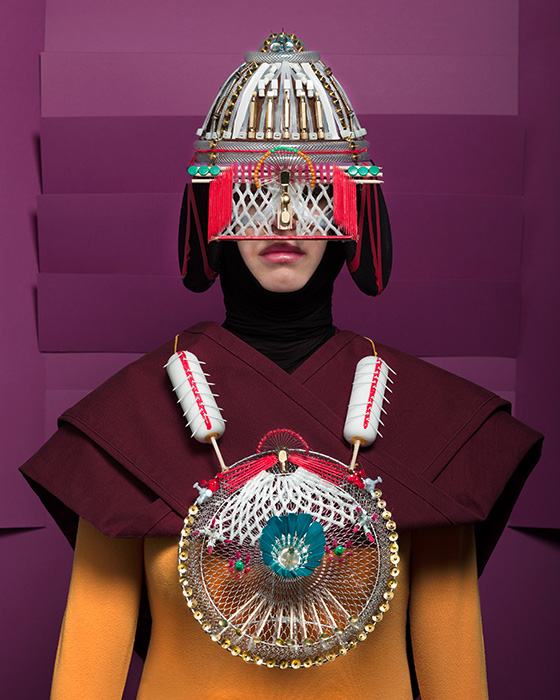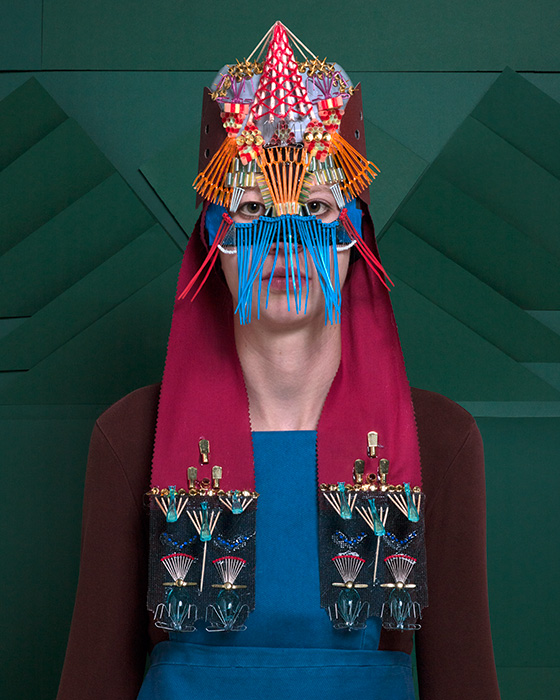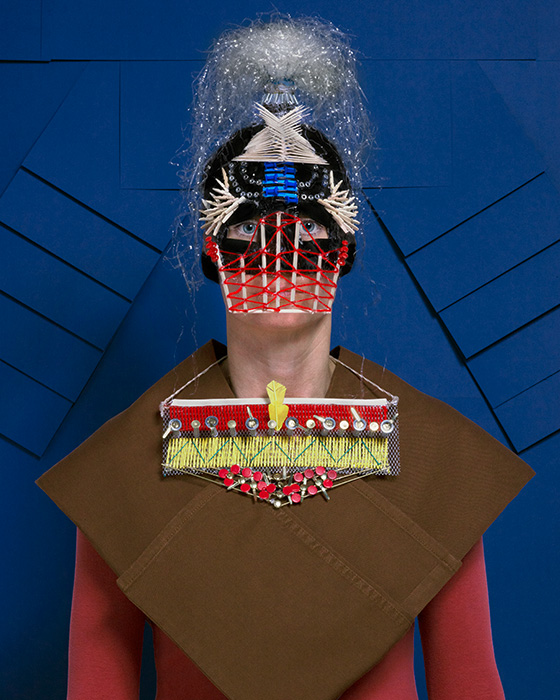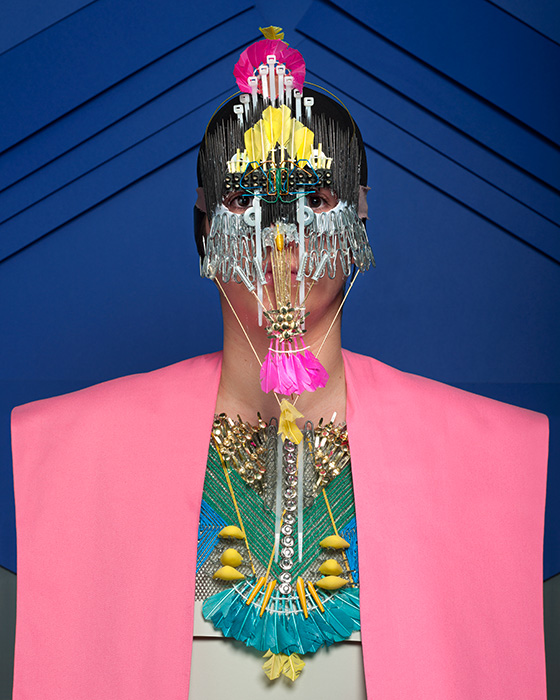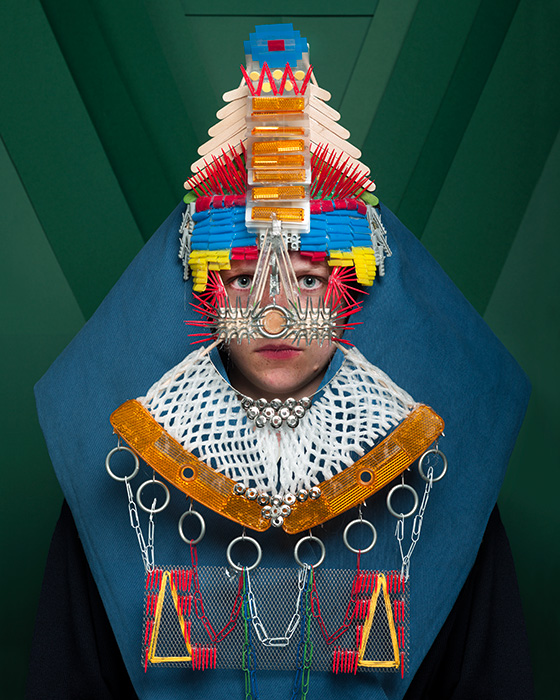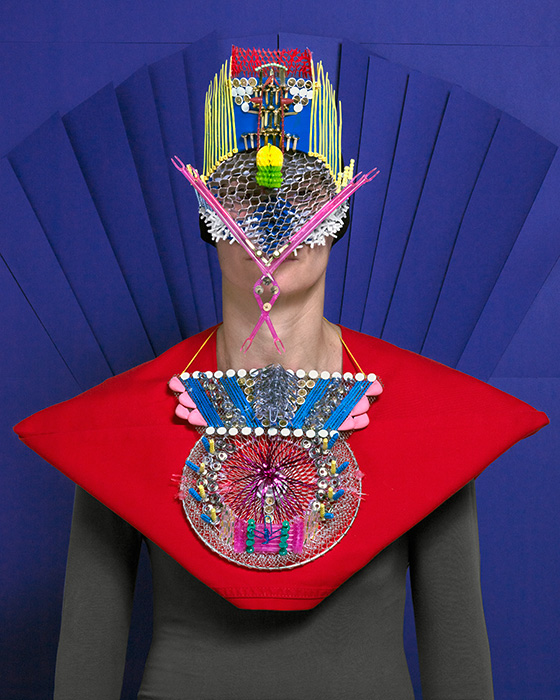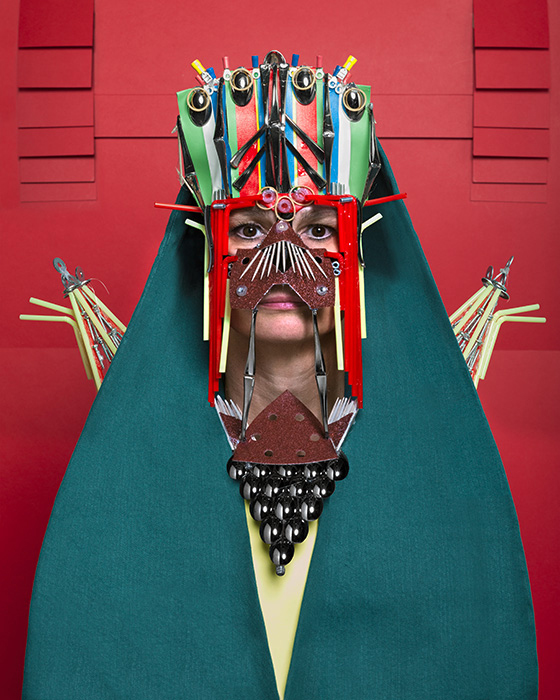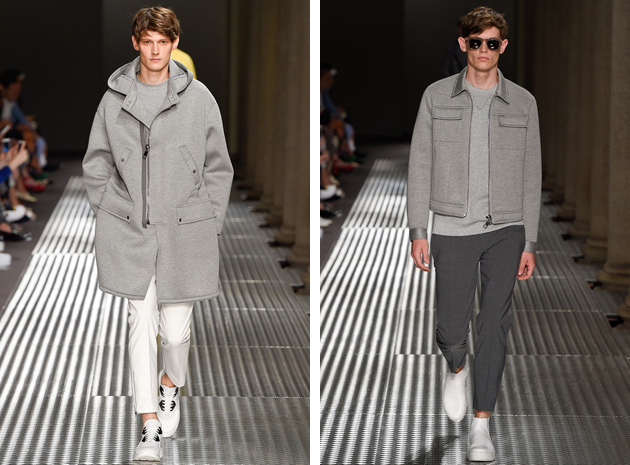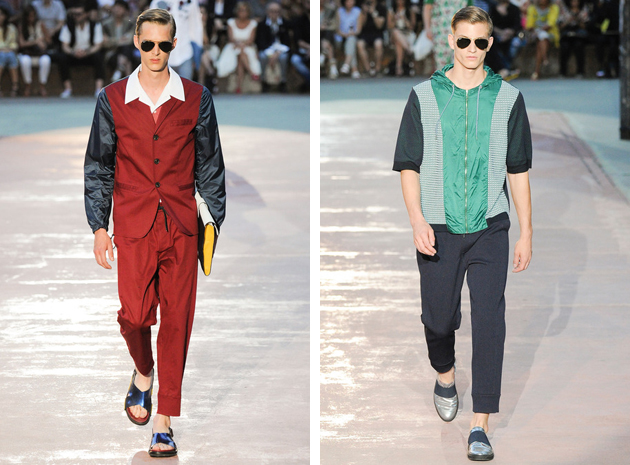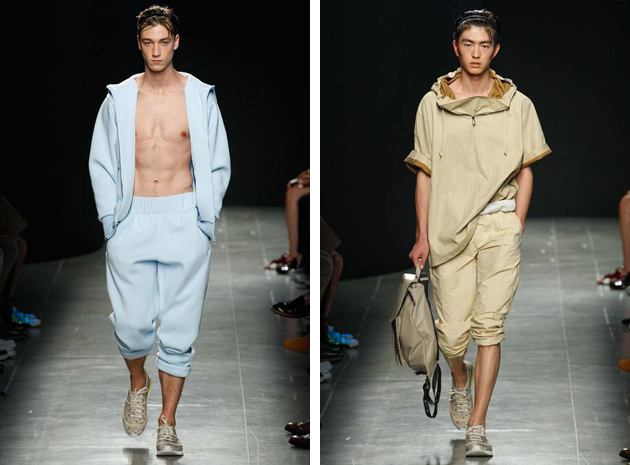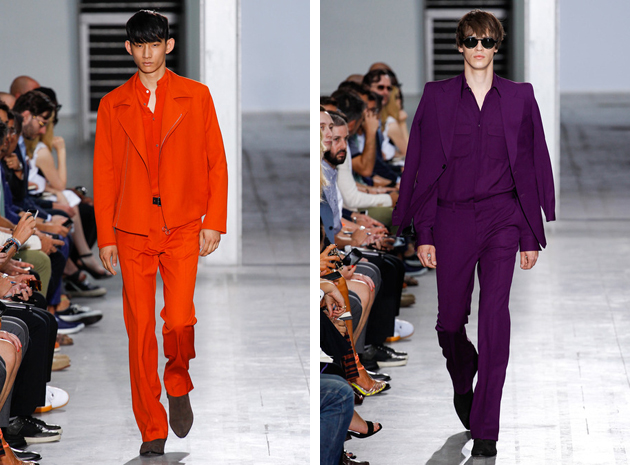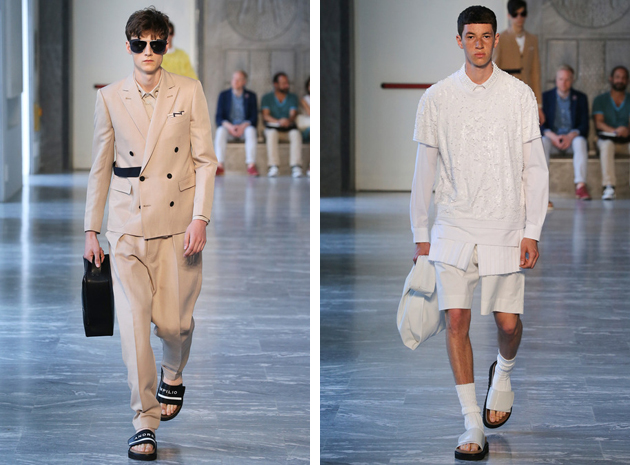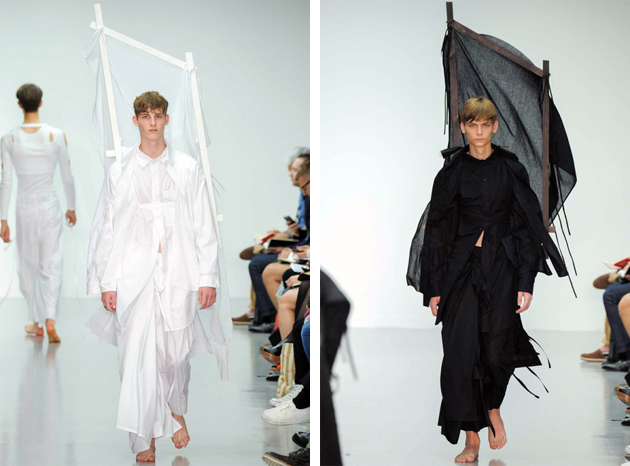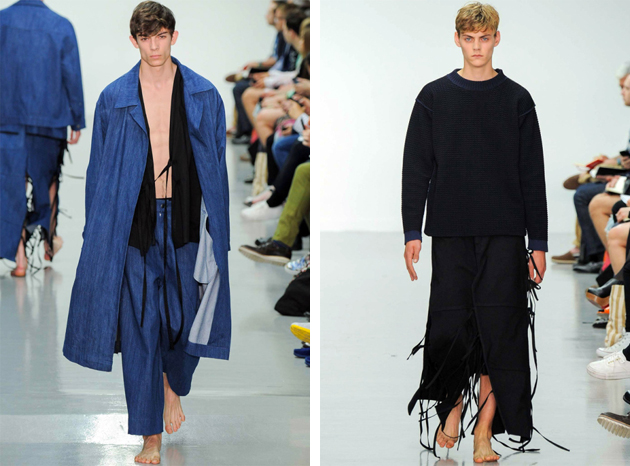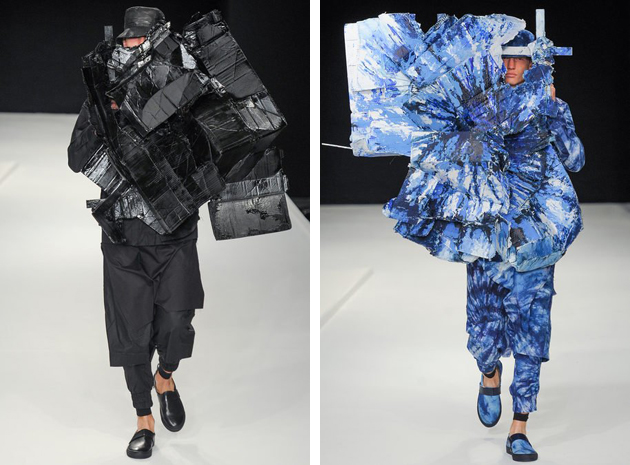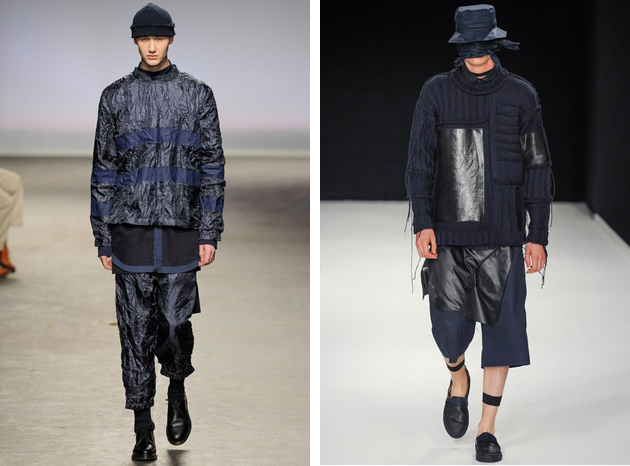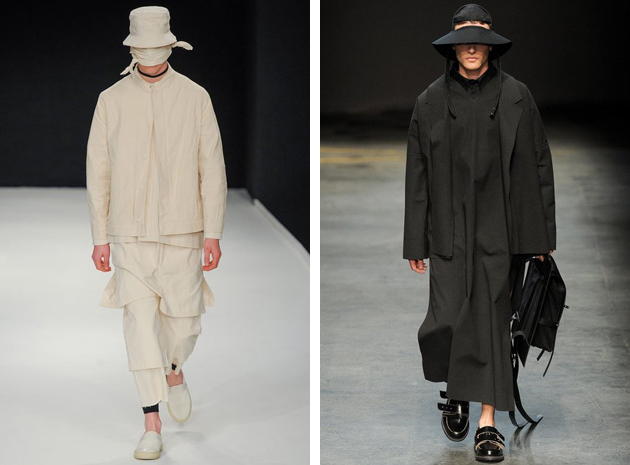
Set in wooded surroundings within the ancient perimeter of the imperial capital, Kyoto, the rikyu, or separated residence, of the Katsura Palace is the finest product of a secular and unofficial tradition. It was built in the 17th century by Kobori Enshu, tea ceremony master and architect, who sought to express his ideals of rustic simplicity and picturesque nature on a larger scale than had been attempted before. Katsura is not attributable to a single architectural style, nor to a unique project or to a single author, with its extremely heterogeneous mixture of compositional elements, but at the time perfectly integrated one with one another.
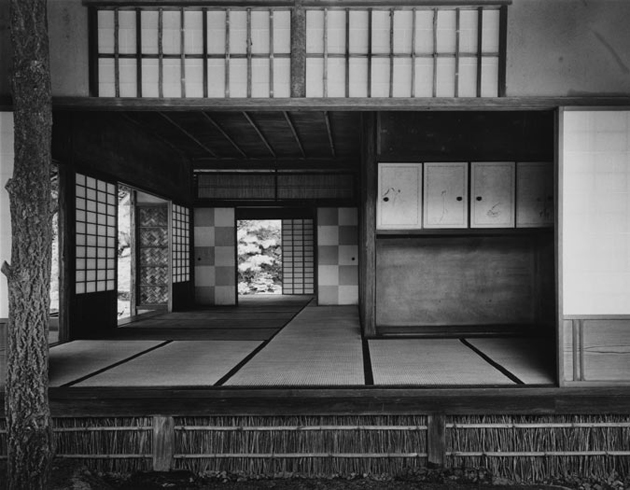
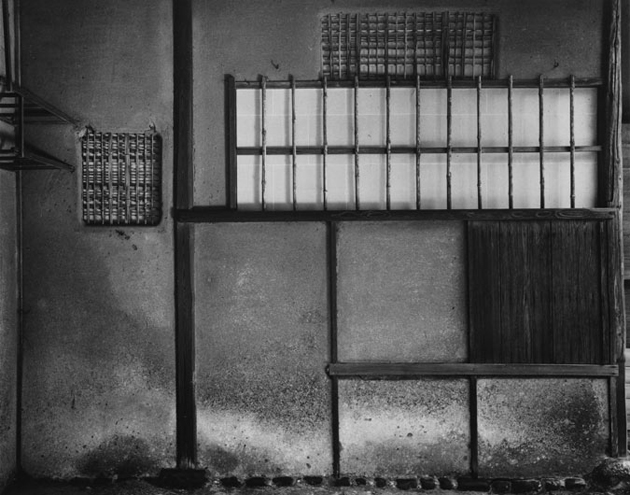
The villa of Katsura has been the focus of many different theories of interpretation on the part of the most powerful representatives of modern architecture. They, as architects, have focused their investigation of Katsura as architectural work; the analysis of Katsura is the analysis of the “space”, since it is the space to establish the extent of the architecture. The modernist architect Bruno Taut made a critical and utopian analysis, which he expresses through the language of architecture, with the search for “unity, simplicity and transparency”. So Taut read Katsura, as a place in which every element is in perfect harmony with the others, but at the same time perfectly independent, “as in a good society” thus giving the villa a symbolic political connotation. Katsura was seen as an “ultimate meaning of world through architectural form”, a “totality” in which they identified significance of higher order and conceived to unify man with nature. The carefully balanced environment considered the fragility of a human and caged its experience within proportions a man could relate to. The next western architect to comment on Japanese architecture, Walter Gropius, reiterates Taut’s earliest interpretations calling the simplicity, modularity, and indoor-outdoor relationship, “many of our modern requirements”.
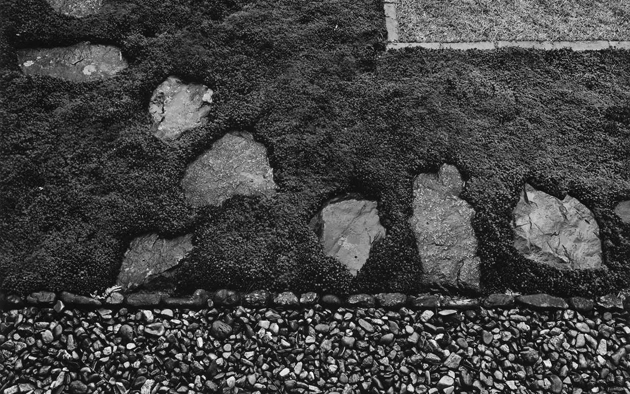
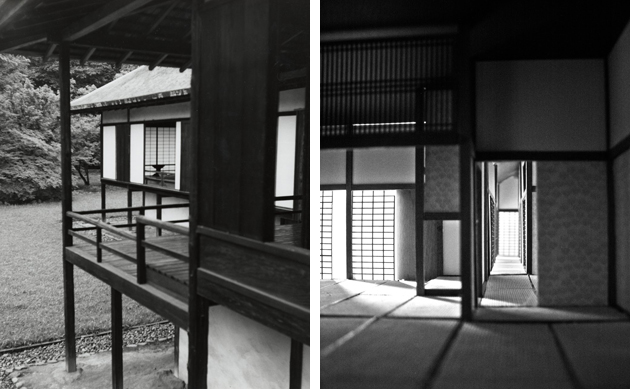
Kenzo Tange was among the first in his “Tradition and creation in Japanese architecture”, in 1960, to speak of “symbiosis” of elements and stylistic tastes in villa of Katsura, analysing the evolution of architectural styles and showing how these in Katsura combine in a harmonious way. But although still admiring the villa to a degree, Tange expressed criticism of the tradition of Katsura. Tange claimed Katsura draws Japanese architecture away from reality and into a passive and contemplative space, rather than a progressive one engaged with progress and technique. But contemplation is not passive. If Katsura has hidden tensions, then is not a purely passive sanctuary, it is very much in a state of progress and a state of living, and one finds an acknowledgment of the vitality of Katsura in its unfinished character and its openness to expansion, not simply a machine for living in but an ever-changing living space as yet unclosed.
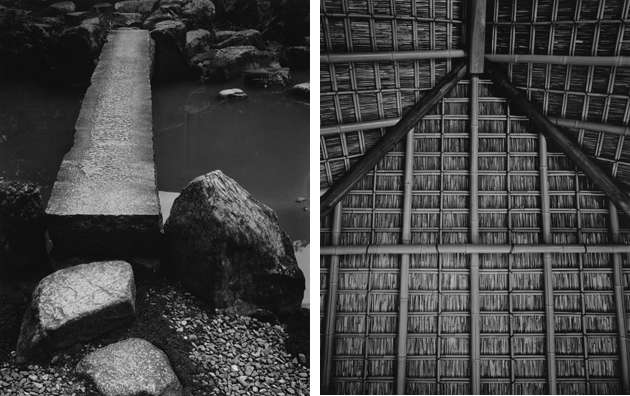
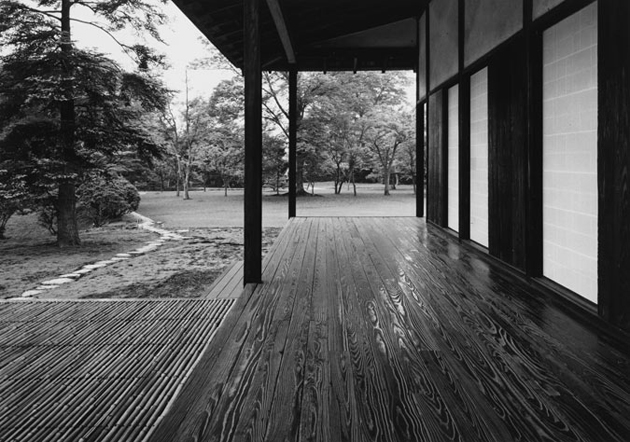
Tange tries to trace the characteristics of Japanese architecture in the villa that he will define Jomon and Yayoi, respectively “energetic, violent and popular” force and a “serene, refined and aristocratic” force. These two forces, popular and aristocratic, in Katsura collide, creating a strong spatial tension. Arata Isozaki did the latest, updated, interpretation of the villa; it contains a summary of the various interpretations so far attempted and thus provides a vision that leaves open the question of interpretation of the architectural space of Katsura talking about “ambiguity of space”. The purity of the materials used, the precious dark Hinoki wood, the rigour of design principles, the simplicity of structural elements – columns, architraves and balustrades – make it the ultimate expression of classical Japanese style.
